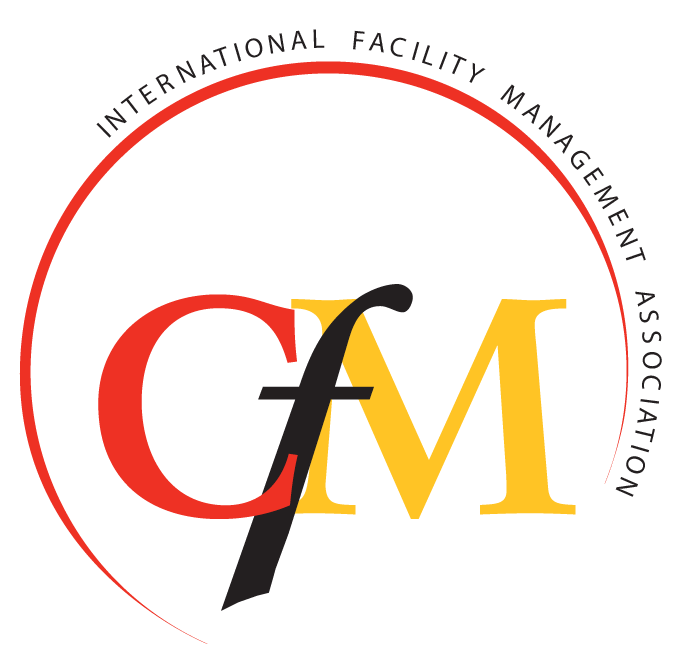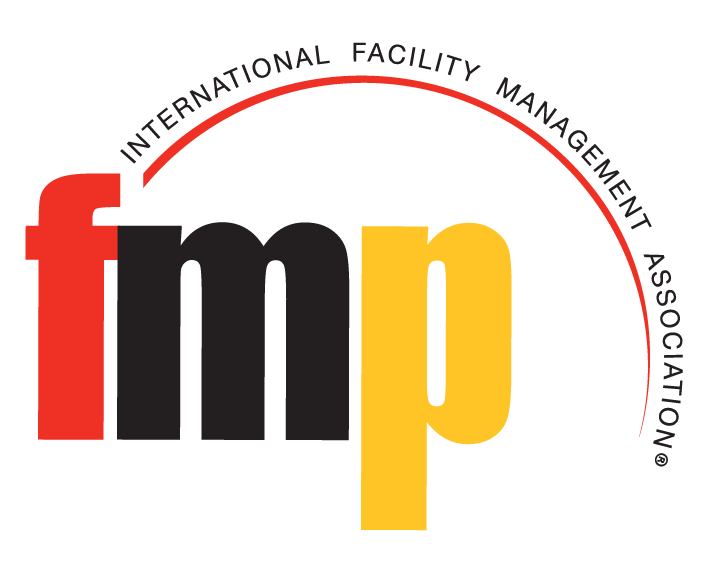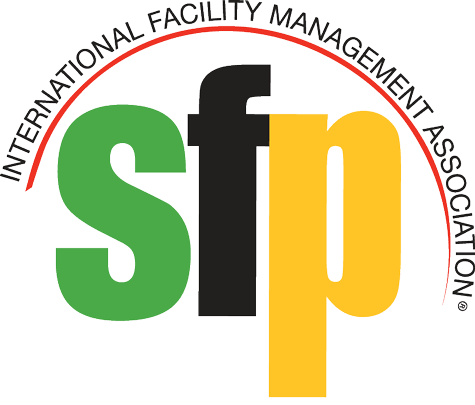SUSTAINABILITY

Optimizing Operations to Reduce Energy/Carbon Footprints
Waste Reduction in Construction
Benchmarking Basics for Facilities Management
Sustainability Corner
Welcome to the NJ IFMA Sustainability Corner. The objectives of the Corner are:
- to provide members with relevant information, tools and knowledge
- to help develop a better understanding of sustainability and its component aspects
- bring awareness to the issues to be addressed in establishing a successful sustainability program
- to establish the measurement and reporting of program results.
The potential scope of a comprehensive energy/carbon program, the challenges and realities of competing initiatives for funding resources, and the methods necessary to achieve successful results will also be addressed.
The main subsections of the Sustainability Corner will be flexible in nature, evolving as necessary to remain relevant and timely. The current subsections are as follows;
- Sustainability
- Overview
- Sustainability Economics
- Energy Planning and Management
- Sustainable Development
- Metrics, Measurement and Verification
- Awareness/Communication
- Incentives/Credits Best Practices Tools
Optimizing Operations to Reduce Energy/Carbon Footprints
The following are focus areas that, when operationally optimized, will significantly reduce energy and carbon footprints:
- Evaluate operating hours of mechanical equipment, particularly HVAC, to minimize hours of operation and factor in any opportunities to avoid demand charges for high load periods or take advantage on any incentives for operating in low load periods
- Adjust building temperatures; meet temperature requirements during occupied hours and minimize off hours conditioning.
- Evaluate lighting usage, hours of operation, lighting levels vs. requirements and efficiency of current lighting systems and controls.
- Conduct regular building walk-throughs to better understand what is operating, the need to operate and the operating set points.
- Evaluate building actual occupancy vs. perceived occupancy.
- Evaluate ability to reduce either steam of compressed air pressures, either totally or for selected times during the 24 hour day. Each lb. of reduction can save significant energy dollars.
- Implement robust steam trap and compressed air maintenance programs to minimize leaks.
- Evaluate the filter program, moving toward pressure drop as an indicator of need to change rather than time lapse.
- Meet with key occupants to clearly understand their building needs. This dialogue opens up communication, may reveal additional savings opportunities, clarifies what the client deems important and often softens resistance to energy reduction initiatives.
- Insure thermostats are calibrated and located in the appropriate position to control dedicated space.
- Check exterior windows and doors for excessive air leakage.
- Establish high efficiency standards for replacement motors and Energy Star rated appliances and equipment.
Waste Reduction in Construction
Research shows that 15-20% of municipal solid waste comes from construction and demolition projects.
Four types of construction/renovation projects involve waste management:
- Construction
- Renovation
- Deconstruction
- Demolition
The goal of Sustainable Waste Management is to maximize the amount of waste salvaged or recycled
Construction Waste Stream Activities
Salvage (Reuse)
- Allow scrap reuse where possible
- Remove as early in project as possible
- Save large scraps for use in other projects
Recycle
- Return durable packaging to supplier
- Separate wastes
- Post list of material to be recycled and where to place them
- Place properly marked recycle containers around site
- Schedule sufficient collection frequency
- Move bins close to work locations
- Reward participation in recycling program
- Construction Waste Management Plan
- Identify responsible party to create and manage plan
- Identify types and quantity of waste
- List waste management options
- Identify disposal sites and waste management contractors
- Establish finalized waste management procedures
- Conduct plan training
- Document any site constraints
- Document actual waste produced
- Monitor plan implementation and update plan as necessary
- Conduct post-project review
Benchmarking Basics for Facilities Management
Definition
The continuous, systematic process for evaluating the business practices, products, services, work processes and operations of an organization that are identified as best in class for the purpose of organizational improvement.
Primary Objective
Identify and adapt best practices
Benefits to benchmarking
- Meeting customer requirements and expectations
- Adapt industry best practices
- Become more competitive
- Set relevant, realistic and achievable goals
- Develop accurate measures of productivity
- Create support and momentum for internal cultural change
- Set and refine strategies
- Warn of failure
- Test effectiveness of quality programs
- Re-engineering
- Promote more effective problem solving
- Challenge the status quo – foster creativity
Types of benchmarking
- Internal benchmarking
- Competitive benchmarking
- Collaborative benchmarking
- Shadow benchmarking
- Functional benchmarking
- World-class benchmarking
Benchmarking process measures
- Accuracy – failures/errors
- Productivity – per unit
- Efficiency – per unit
- Response – time
- Speed – cycle
- Stock out – availability
- Downtime – reliability
- Product stability – change orders
- Product quality – yields
- Asset utilization – turns
- Dependability – variance from standard
- Capacity – volume
- Service – on time
- Value – innovation
- Cost – per unit
- Consumption – per unit
- Waste – per unit
- Complaints – per unit
Energy Master Planning
Definition
Development of a robust and comprehensive plan for the optimized purchase, generation and usage of energy and utilities
Energy Master Plan Attributes
- Flexibility
- Agility
- Understanding of Core Client Values and the strategies that arise from them
- Ability to effectively incorporate and serve the needs of a diverse/tenant/shareholder/client base
- Ability to optimize financial returns, energy efficiency and carbon reduction
Energy Master Plan Component Areas
- Overall Purpose/Objective
- Phases
- Energies
- Targets/Metrics
- Reporting
- Management Systems
- Procurement
- Guides/Standards
- Operations/Maintenance
- Renewable Energies
- Energy Generation/Delivery
- Compliance
- Program Management
- Project Management
- Communications/Awareness
- Transportation
- Change Management
For more information on Sustainability, please visit
Sustainable Sites Initiative: 2012 Update ↗️
The IFMA Foundation’s Energy Star Portfolio Manager ‘How-to’ Guide ↗️
IFMA Community website ↗️ (log in access group forums)
Support IFMA New Jersey and make a difference
IFMA New Jersey is a community of professionals committed to giving back to the profession and industry. With your help, IFMA New Jersey can offer better services and experiences that benefit all members. Join and support our IFMA community today and use your expertise to make a difference.
Contact Us!
IFMA New Jersey Chapter
PO Box 10074
Trenton, NJ 08650




